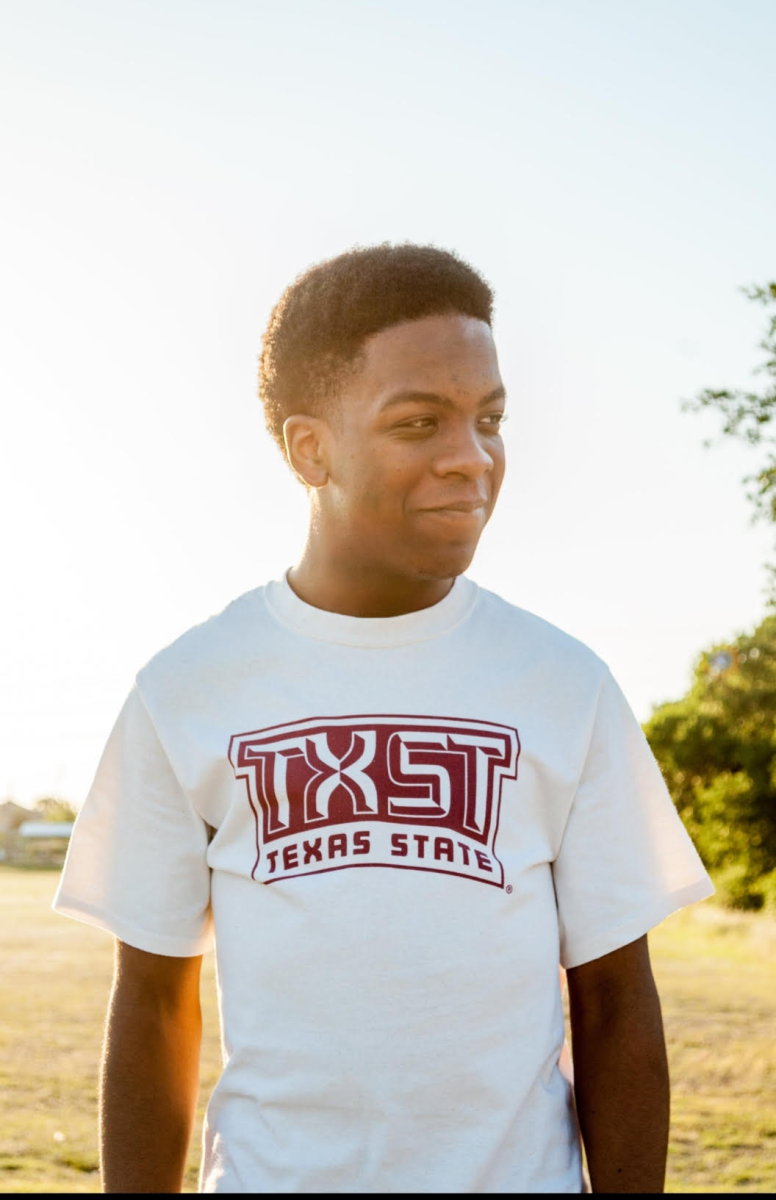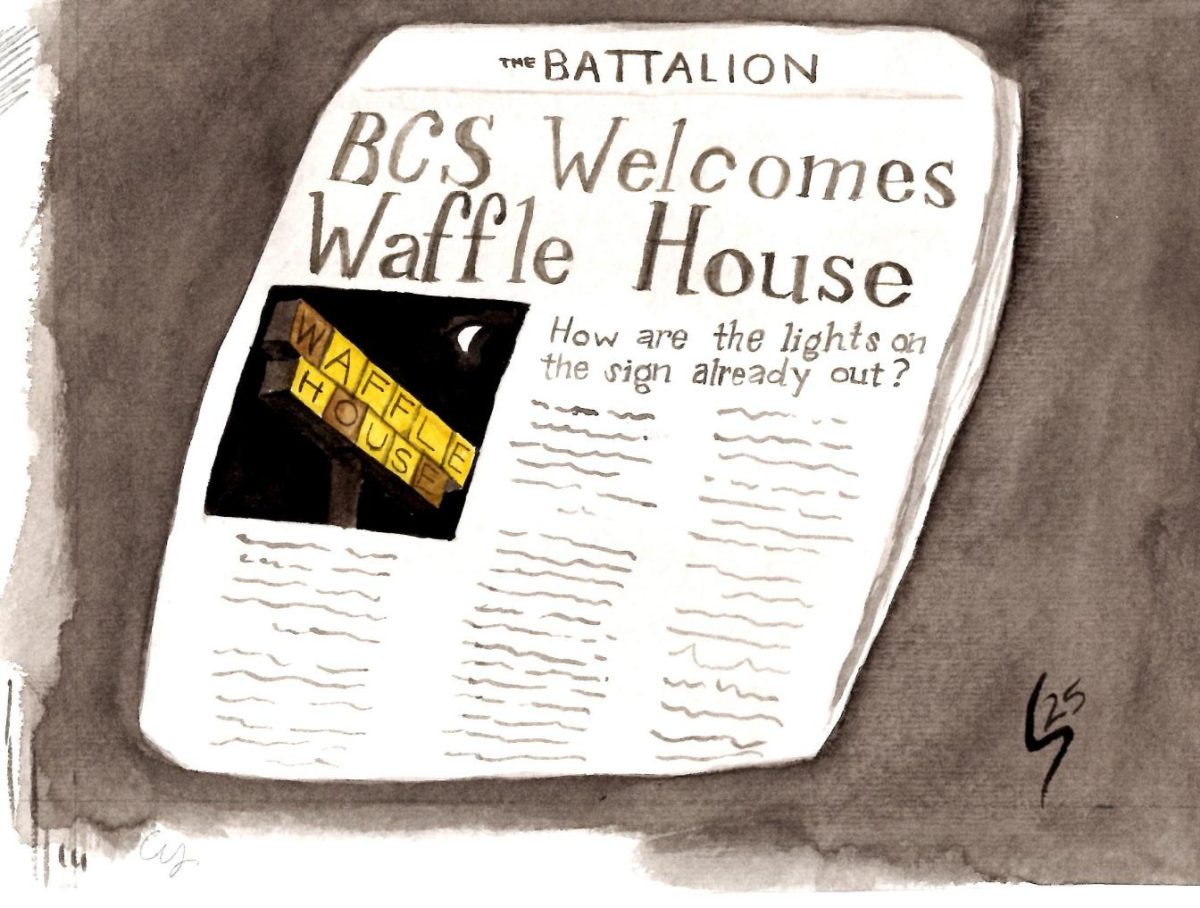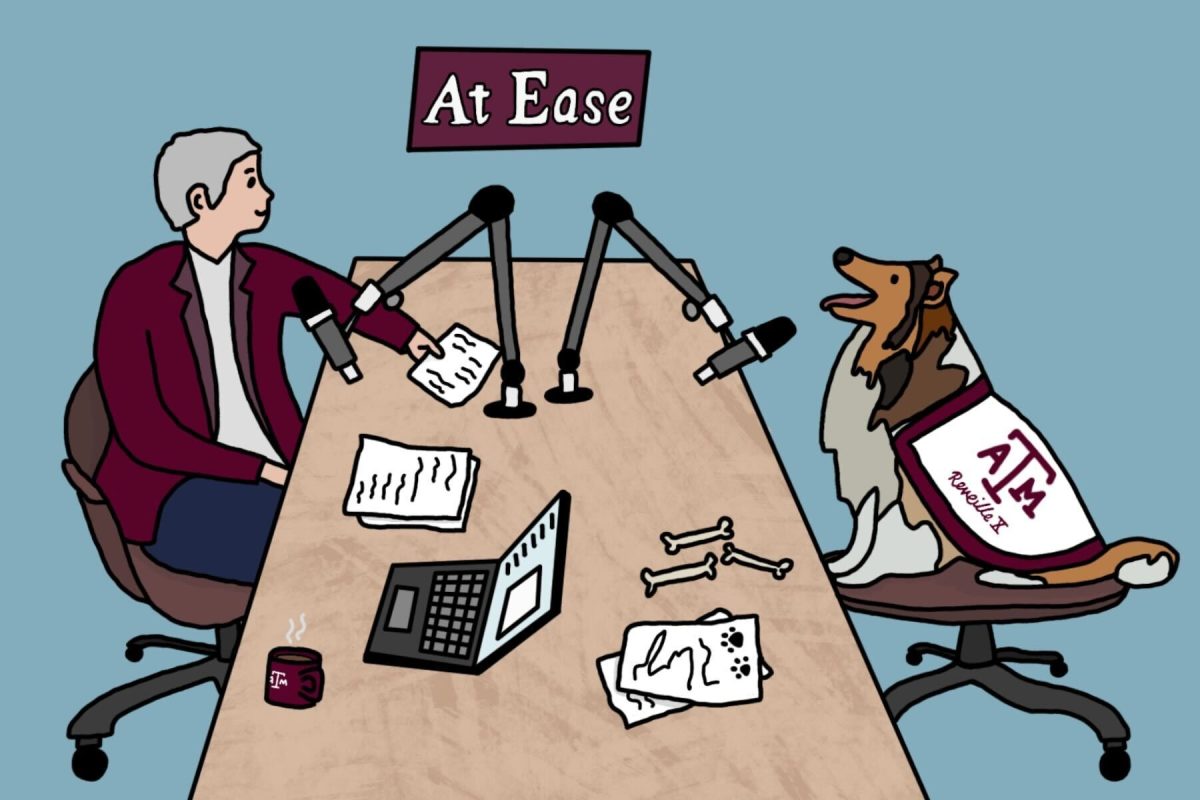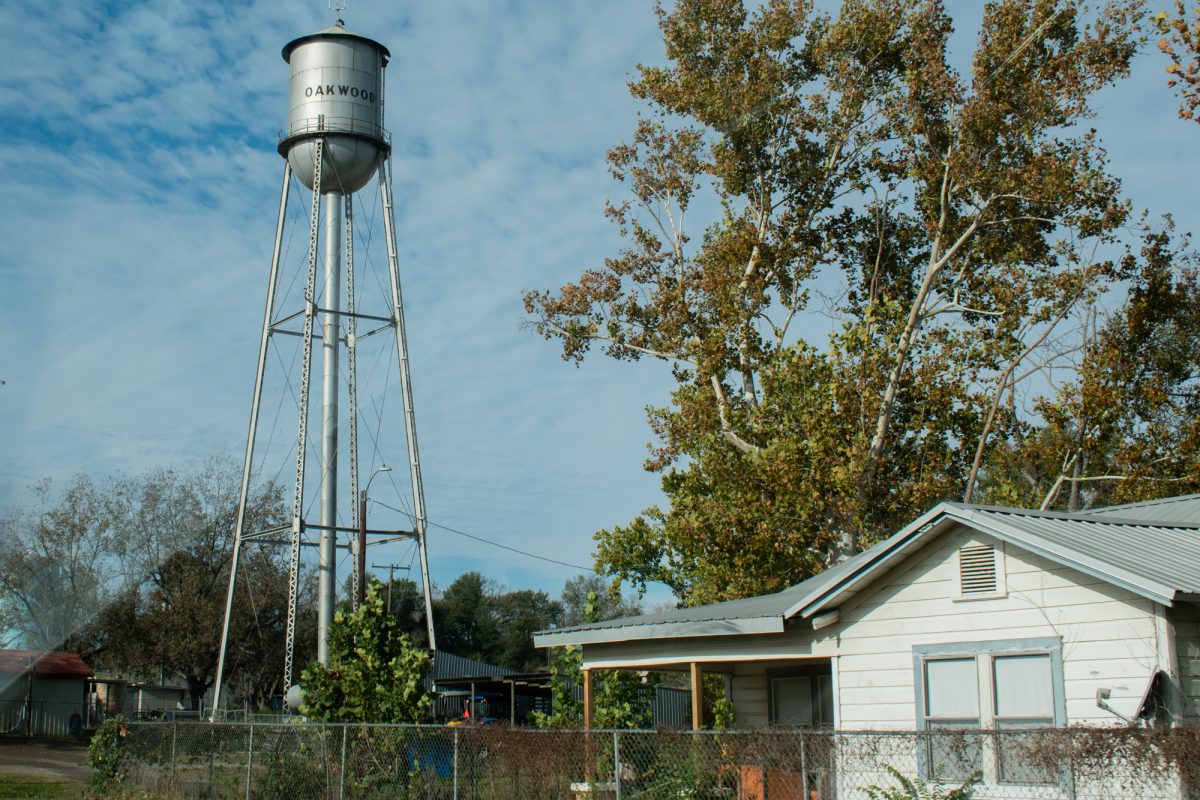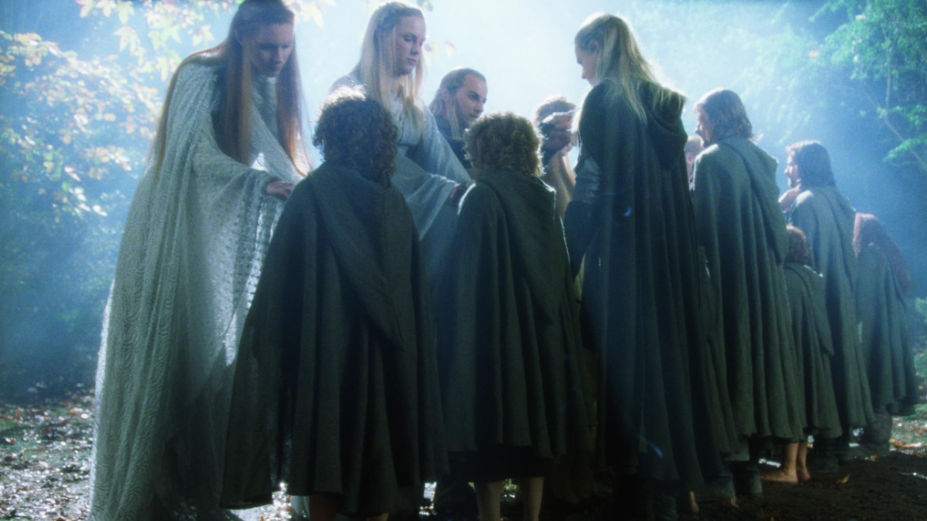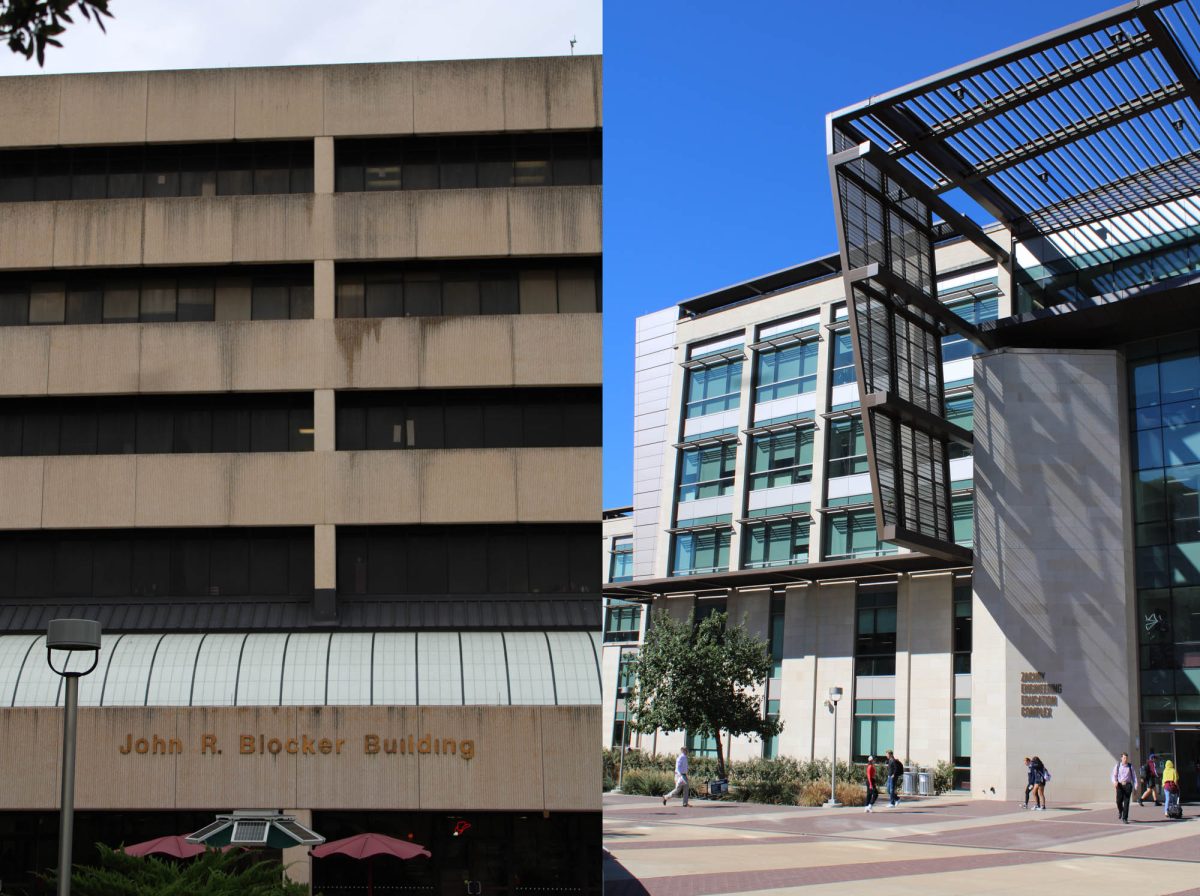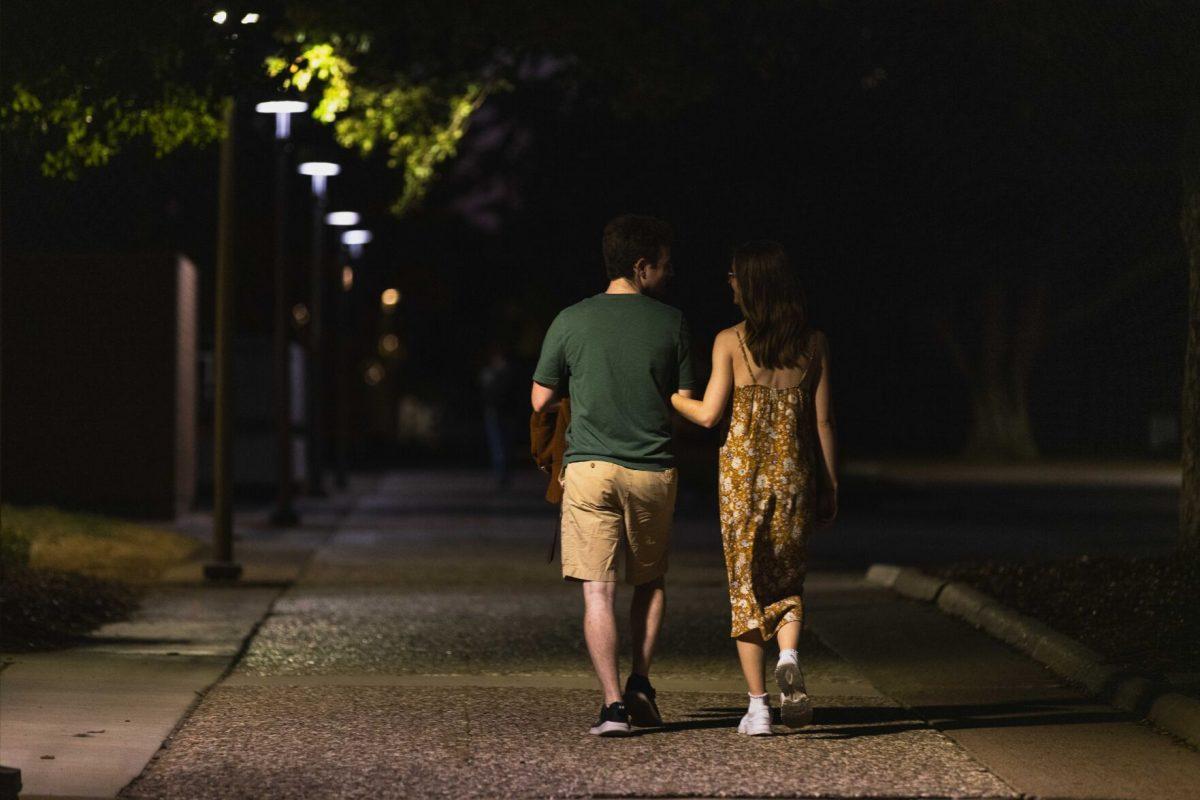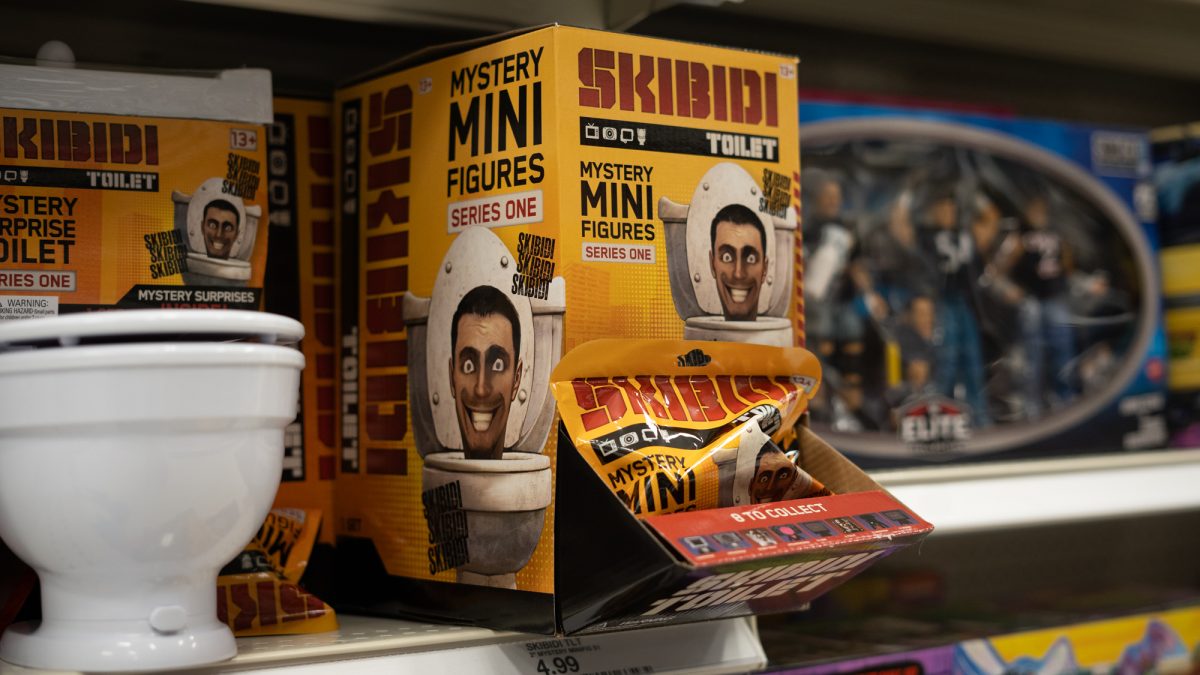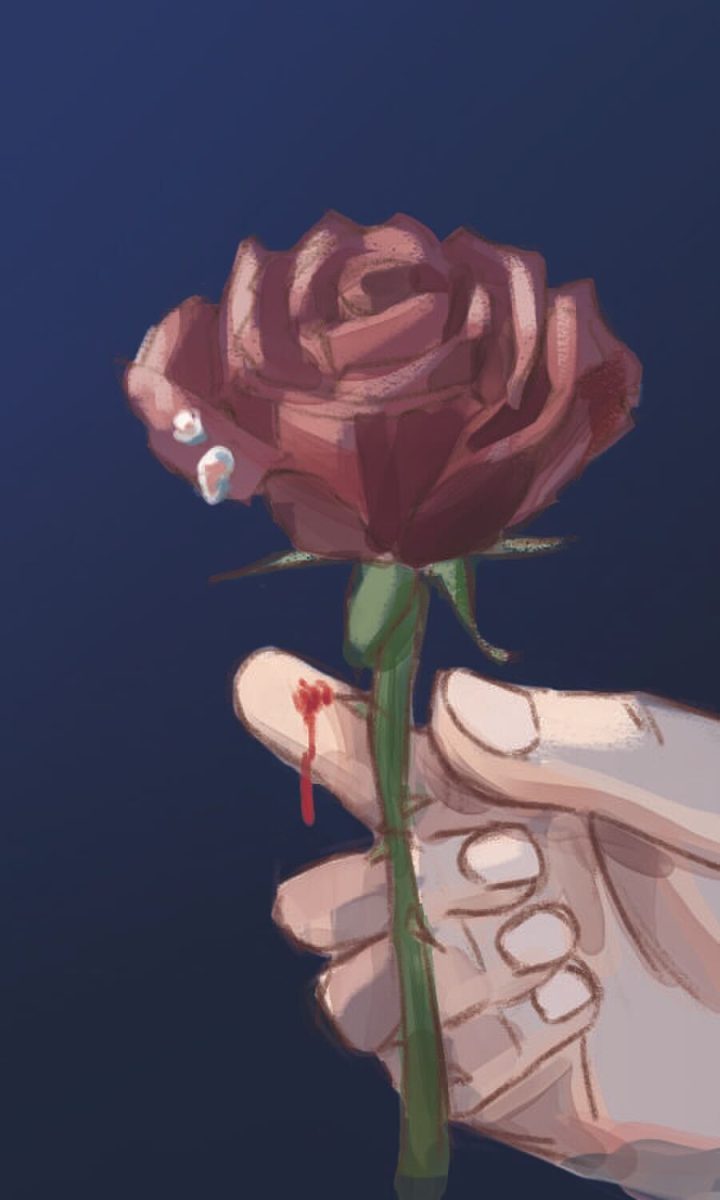Danae Paskero was five feet away from my brother Justin when police shot him in the head with a bean bag round. “It makes me tear up every time I see it,” she told me. “My friends and my boyfriend, we all ran over there and grabbed him. Because once [police] shot, they didn’t stop shooting. They shot and kept shooting, and it became kind of like a war zone.”
It’s difficult to say why Justin was in Austin that final Sunday in May. He may have gone to protest. He may have gone to observe. But while he didn’t live in Austin (Justin lives in San Marcos, about a 30 minute’s drive away), like many, he considered the city something of a second home. He’d visit whenever possible and nagged our parents about moving there.
So it’s safe to say he didn’t expect a war zone that night. He didn’t expect to suffer a skull fracture and a brain injury. He didn’t expect his story to become an exemplar for why less-lethal munitions should never be used in crowds.
That story — compiled from video and photo evidence, as well as a statement from the Austin Police Chief and accounts from protesters at the scene — is as follows:
Late Sunday night, Justin stood near Austin police headquarters recording the protests on his cellphone. According to Manley (though this is a matter of some dispute), the protester next to Justin had just thrown a backpack when an officer fired a bean bag round into the crowd. Unsurprisingly, the officer missed his target. The round hit my brother instead, causing him to “seize and drop to the ground like dead weight” according to David Frost, a bystander documenting the protest.
“We got a guy down!” someone yells in a video of the shooting. Paskero’s group quickly grabbed my brother’s body and were directed to a medical station underneath a nearby overpass. Justin’s bright red blood was left splattered on the dull asphalt of the city street. The protesters’ voices turned from confidence to panic.
At the medical station, Paskero discovered Justin was bleeding from the side of his head. She held his wounds together with her hands until medics could wrap them with bandages. “He’s unconscious,” they warned. “His eyes are in the back of his head.”
Thinking quickly, one of the protesters told the officers what happened. “They were given direction to bring [Justin] to the officers,” Police Chief Manley said in his briefing. But as the protesters brought Justin to headquarters, other members of the Austin police force fired at them again. A video recorded by Frost shows Paskero’s group scattering as bean bags whiz by. It’s a miracle they didn’t drop him.
“We’re trying to get help!” someone screamed in frightened exasperation. But Austin PD continued to fire. All told, they fired some 15 rounds over the course of about 30 seconds. The protesters were forced to duck and take cover.
“They shot at us directly,” Paskero said. “Once we got there, we were screaming at them to take [Justin]. They looked at us and were laughing at us.” Both she and her boyfriend remember their laughs vividly.
Through persistence, the group eventually convinced the officers to take Justin into their headquarters. But once they did, the officers fell back into formation and fired more bean bag rounds into the crowd. Paskero and her boyfriend barely escaped unscathed.
Justin spent the next three weeks in the ICU. Doctors informed my family that the impact from the bean bag caused a brain injury — a brain injury which forced them to heavily sedate Justin for two-and-a-half weeks. During that time he was on a ventilator which could only be removed after a tracheotomy.
While doctors performed a regular neurological assessment — in which they temporarily reduce the sedative to assess a patient’s brain function — Justin said he recalled bean bags flying in every direction. He remembered being shot. The next thing he knew, “it was two days later.”
Actually, it was eight days later.
Justin still eats through a feeding tube. His health improves by the day, but doctors caution his recovery will be a marathon, not a sprint. He was recently transferred to a long-term rehabilitation facility so he can receive intensive neurological, physical and occupational therapy.
His condition — as well as the laughter of the officers who fired bean bag rounds into the crowd — underscores what happens when we underestimate the real damage these so-called “less-lethal” munitions can do. Don’t let their anodyne names fool you. When we describe these rounds as “less-lethal” what we are really saying is that they are less lethal than a standard bullet. That’s a low bar. A 2017 study found that less-lethal munitions — what the researchers called Kinetic Impact Projectiles (KIPs) — “have caused significant morbidity and mortality during the past 27 years, much of it from penetrative injures and head and torso trauma.” The study makes its message clear: “Given their inherent inaccuracy, potential misuse and associated health consequences of severe injury, disability and death, KIPs do not appear to be appropriate weapons for use in crowd-control settings.”
Which is sensible. A crowd is a shifting mass of individuals, where even the most skilled marksman is likely to miss his target. Their use, both in Austin and around the country, was prima facie absurd — an idea so poorly conceived it didn’t work on paper, let alone the real world. We’ve seen their effects play out across the country: In Fort Lauderdale, foam bullets caused damage to a woman’s eye and skull; in Toledo, wooden bullets shattered a woman’s leg; in Austin, bean bag rounds sent a teenager into seven-hour surgery.
The data is in: Anything fired from a shotgun can be lethal, can rip and tear a body apart. Anything fired from a shotgun can transform an American city street into a war zone.
That’s why Police Chief Manley bowed to public pressure and banned the use of less-lethal munitions in crowds. For my brother, it was too little, too late. If Manley and his team had kept up with the relevant literature — if he had installed the ban just one hour before the protest — Justin would be back home in San Marcos right now instead of confined to a hospital bed in Austin.
Still, better late than never. The ban may be low-hanging fruit, but reforming American policing has to start somewhere. Every precinct in America should ban less-lethal munitions in crowds. Not only can such a restriction save lives, it would be uncontroversial and easily implemented.
It is also a kind of litmus test: Implementation would confirm that our broadening conversations about policing aren’t merely for show, that there can be lasting, meaningful consequences, no matter how small.
Failure, on the other hand, would be a clear indication that we retain a cruel and callous comfort with police treating American citizens like foreign combatants on American streets.
Failure would say little about our capacity to pick the fruit which currently remains beyond our reach — curbing other forms of police brutality among them.
Failure would mean that, a generation from now, those same protesters will be in those same streets marching for the same reasons.
They will be holding signs that say: “I can’t believe I still have to protest this.”
Joshua Howell is a computer science graduate student and opinion editor for The Battalion.




